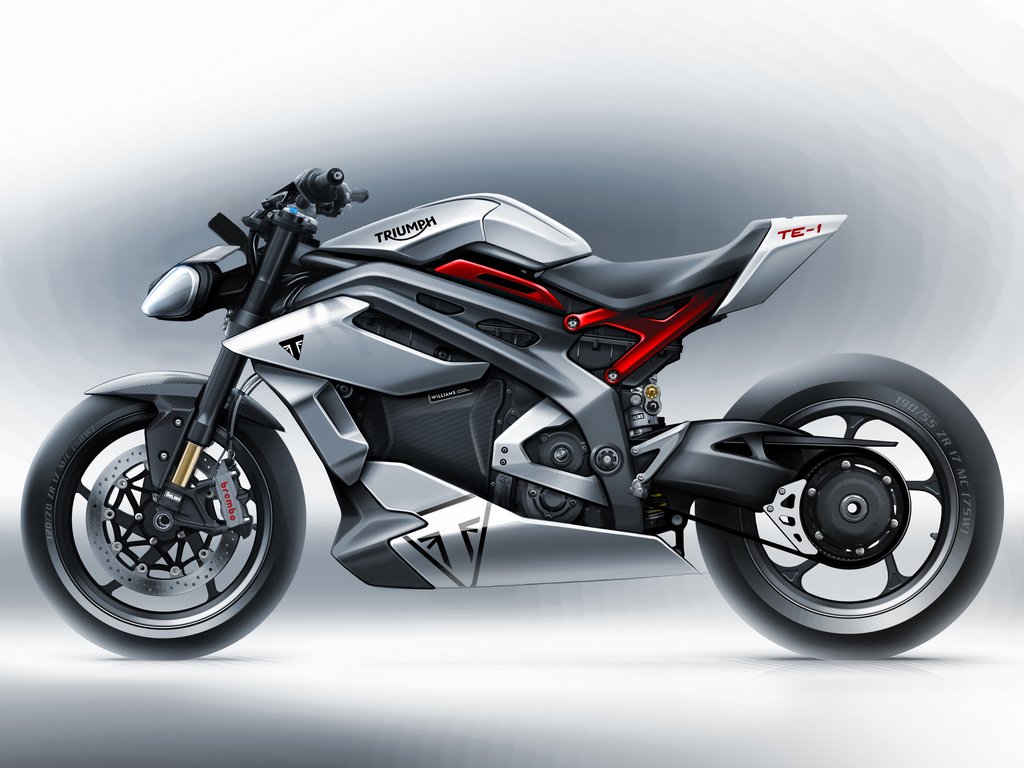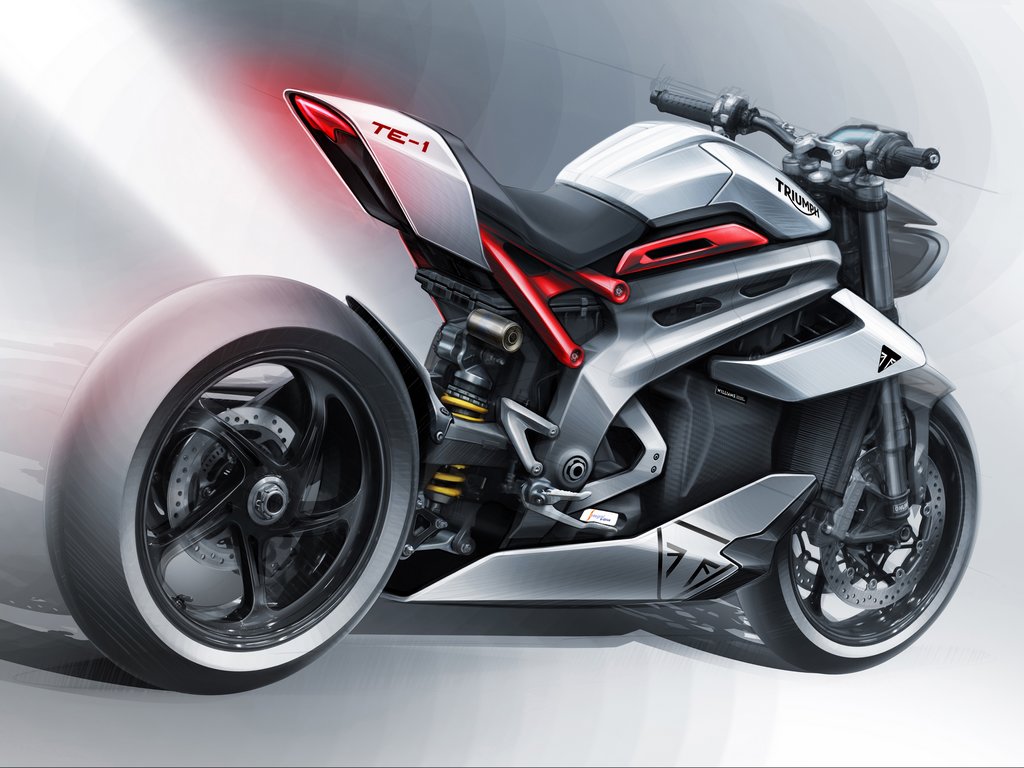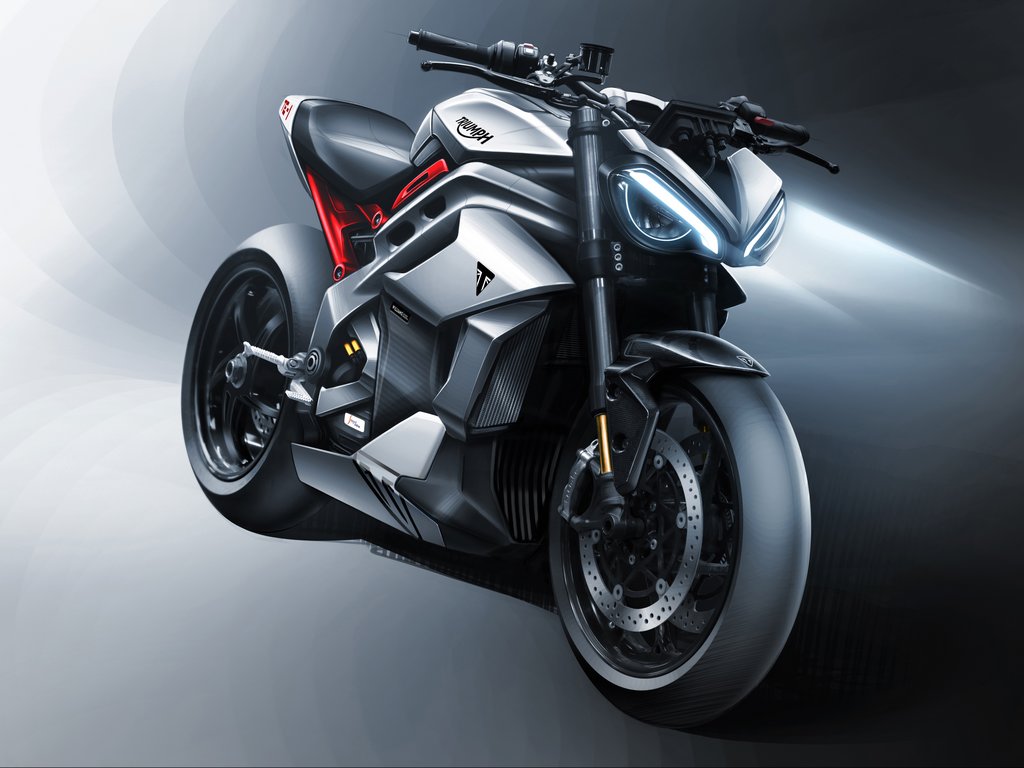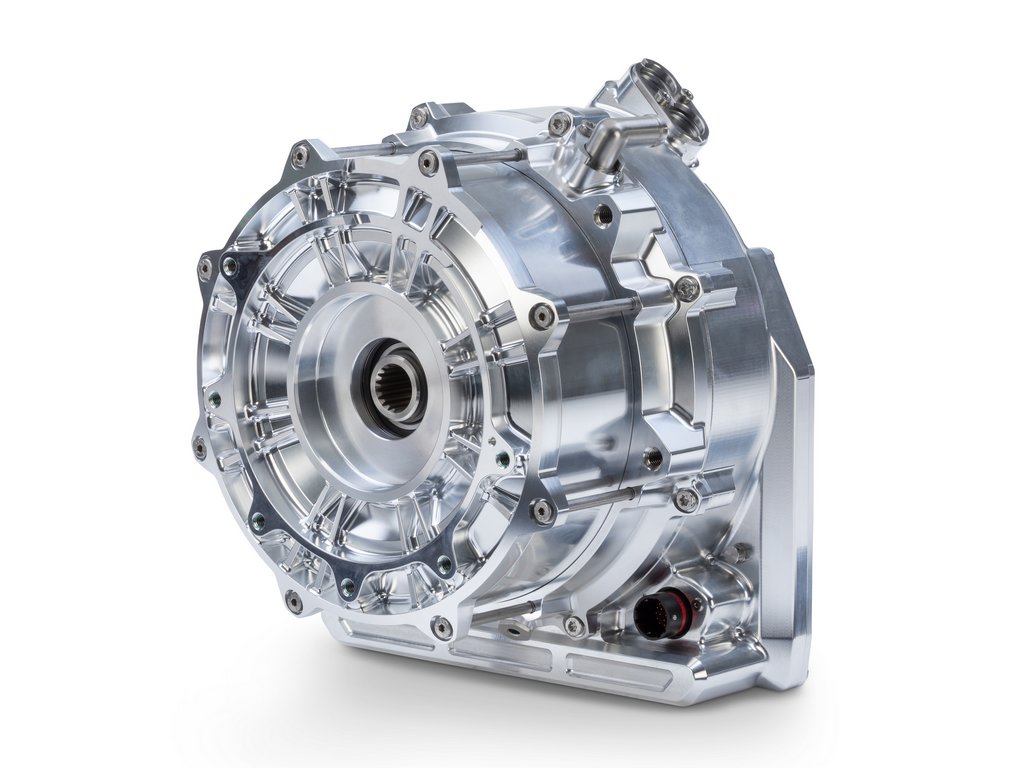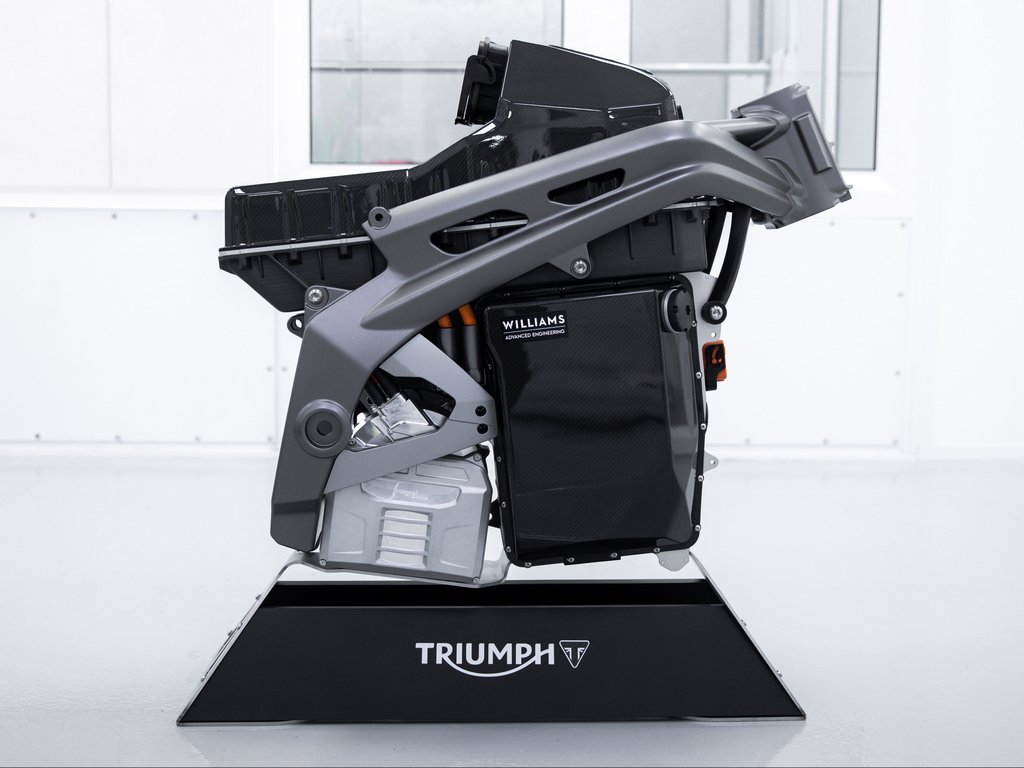Project Triumph TE-1 Prototype Styling Sketches & Electric Powertrain Revealed
The electric bike is being developed in 4 phases and 4 major UK firms are working on it.
The electric bike is being developed in 4 phases and 4 major UK firms are working on it.
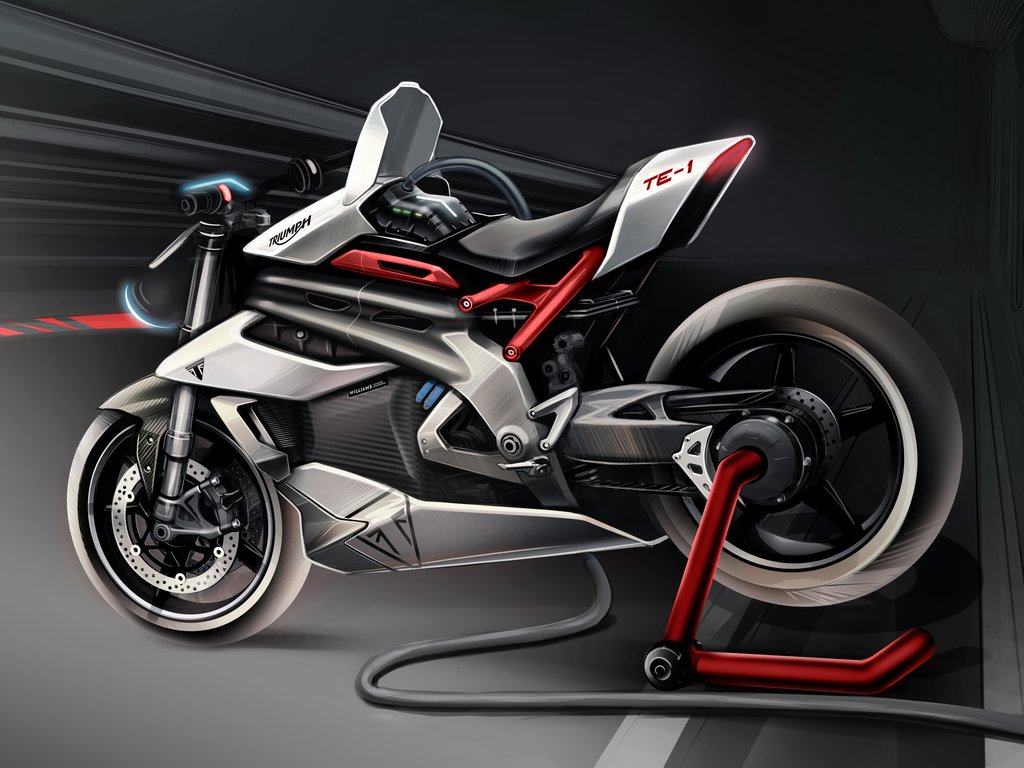
The first styling sketches of the Project Triumph TE-1 prototype along with its battery and electric powertrain have been revealed.
This project is the result of a collaboration between Triumph Motorcycles, Williams Advanced Engineering, Integral Powertrain Ltd.’s e-Drive Division and WMG at the University of Warwick.
It will be completed in 4 phases, and is being funded by Office for Zero Emission Vehicles and Innovate UK, to facilitate the creation of future electric motorcycle capability, partnerships with UK industry manufacturers and supply chains as well as creating jobs in the UK.
With phase 2 of the Project Triumph TE-1 (that began in May 2019) concluded, the stakeholders claim to have already achieved major results.
It is without a doubt that the Project Triumph TE-1 design has been immensely inspired by the 2021 Speed Triple 1200 RS. The headlight, suspension, single-sided swingarm are all identical.
However, it is not just a Speed Triple with a battery and electric motor stuck inside the frame, but rather a bike developed from the ground up. Allow me to explain.
When it comes to the battery and powertrain prototype, Williams Advanced Engineering (WAE) provided the Project TE-1 with a new vehicle control unit (integrated into the battery pack), a new battery management software and an optimised battery module layout.
WAE has, at the end of phase 2, come up with a fully bench-tested battery that it claims exceeds anything else on the market in terms of power and energy density.
Drawing power from the battery will be the electric drivetrain developed by Integral Powertrain Ltd.’s e-Drive Division, which, during phase 1 of the TE-1 project, worked to integrate the normally separate motor and inverter into one single package.
At the end of phase 2, however, a fully operational prototype motor has been built and when bench tested, it produced 130 kW (174 BHP) while only weighing 10 kg.
The work of WMG, at the University of Warwick has been to develop representative models to simulate all the systems of the electric bike.
Apart from validating the bike’s specification against intended component selection, WMG have been conducting powertrain rig testing, while also providing guidance to Triumph relating to future legislation, charging infrastructure and recycling strategies.
However, what this project will result in, is an electric motorcycle that will be revealed under the Triumph banner. To that end, Triumph, being the leader of the project, developed an all new advanced vehicle control software during phase 2.
Moreover, the bikemaker has integrated leading functional safety strategies into the software, and has also fully developed the new prototype instrument display.
Further, Triumph designed a prototype chassis which will be further evolved in phase 3 into the TE-1 Prototype which will then be used as a mule test platform in phase 4.
